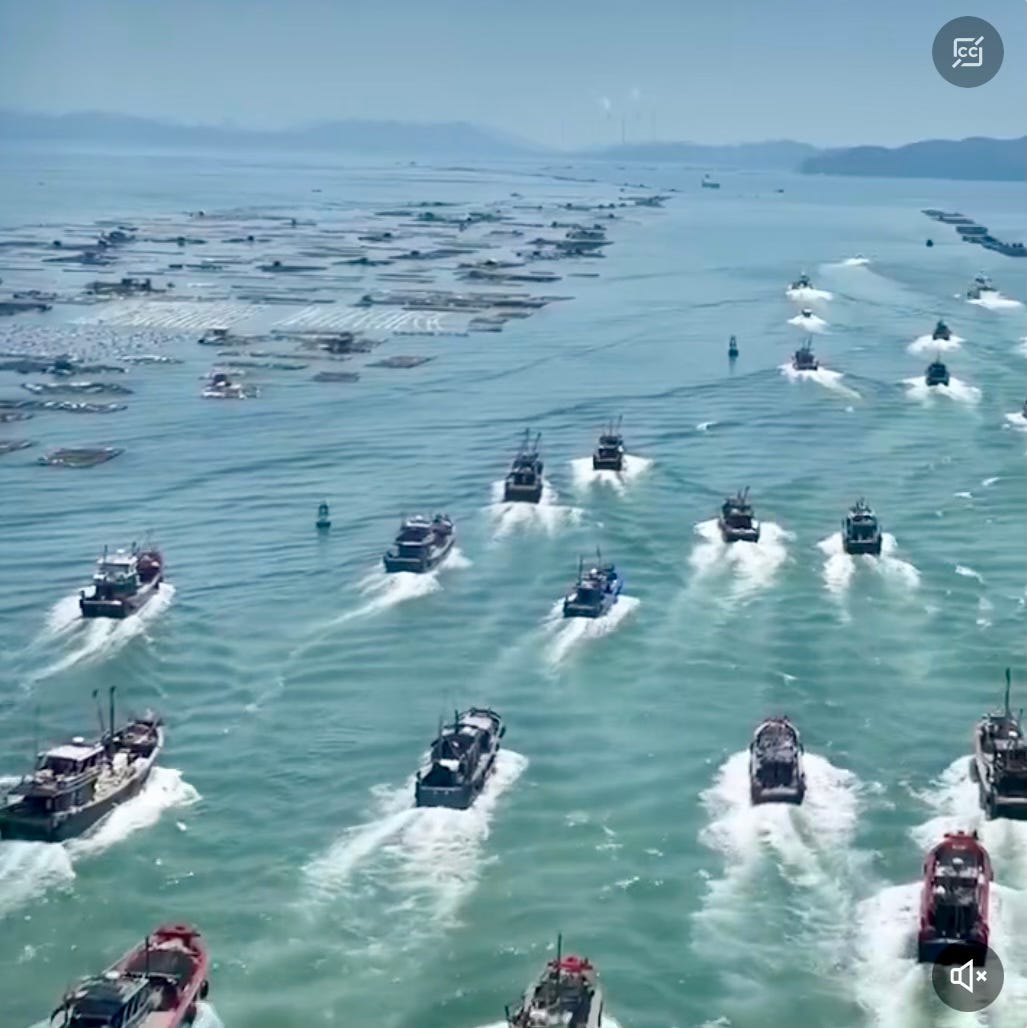We Are Water
Marcos Jr. Fishing Boat Farce, Xi Makes Time for Pacific Leaders - Biden Does Not, Why Cambodia’s Funan Techo Canal Project is Worrying Vietnam.
Marcos Jr. Fishing Boat Farce
By Zhou Fang (CGTN)
Before attending the trilateral summit in the United States, Marcos Jr. expressed his desire to obtain US$100 Billion in investment from the United States. The Biden administration has ignored the bold request.
The Philippines has been making waves over China’s Huangyan Island through self-staged farces. O…




